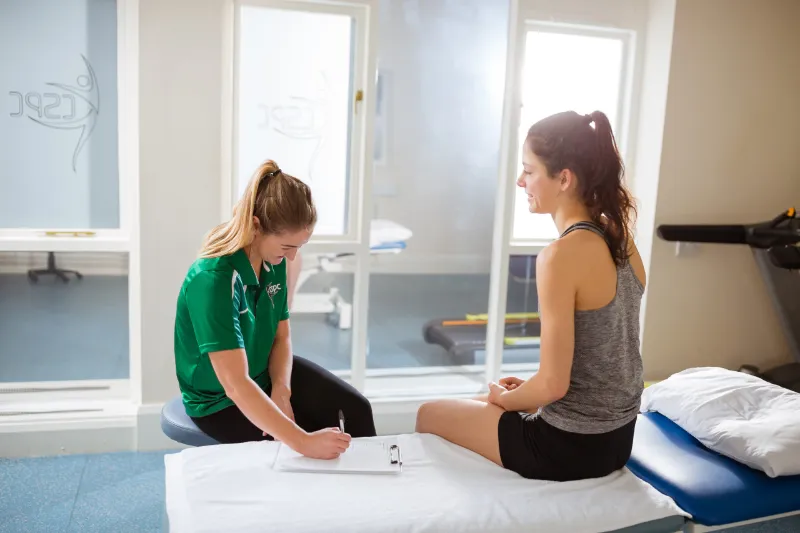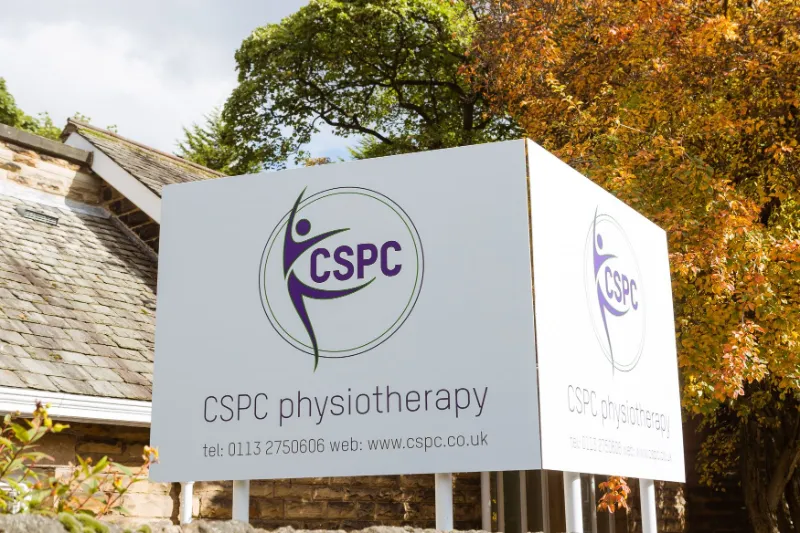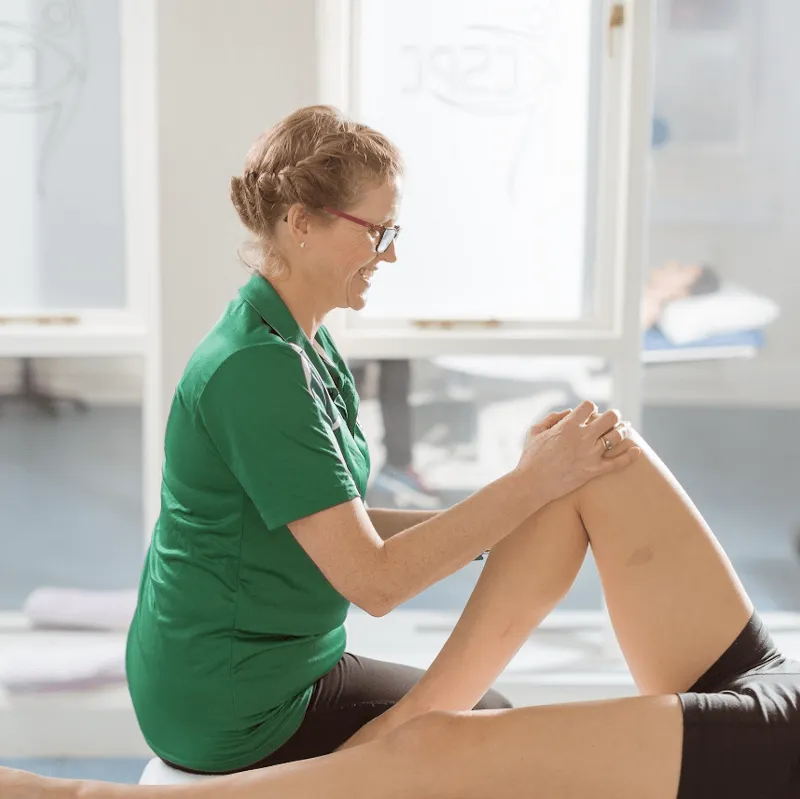Breathing Pattern Disorder
Most people assume that how we breathe is natural and cannot be changed. It is often felt that this automatic process has no impact on how we feel, function or perform, but this could not be further from the truth. We don’t all breathe correctly, and this can be the result of illness, injury, asthma, other lung issues, and can even just be the result of bad habits or poor posture. A number of the physios at CSPC have an interest in breathing disorders, not just for athletes, but for many of our clients.
It is even more relevant now, with COVID related breathing issues. Learning to breathe correctly is important to help with recovery after surgery, after any respiratory illness, for management of chronic lung conditions, and also is helpful for fluid balance in the body- the diaphragm is important for helping fluid and blood flow through the body.

Having a breathing pattern dysfunction can cause symptoms such as:
- Feeling lightheaded
- Headache
- Anxiety
- Poor circulation in the hands and feet
- Vertigo
- Cramps
- Numbness in the hands and feet
- Shortness of breath/hyperventilation
- Confusion
- Tremor
- Low pain threshold
- IBS and bladder dysfunction
What is a breathing pattern disorder?
The most common breathing disorder is hyperventilation (breathing too rapidly). This can result in breathing out too much carbon dioxide, which leads to a reduced amount of carbon dioxide in the blood, called hypocapnia. The alteration in the delicate blood balance can have a knock on effect throughout the body, affecting the small muscles in the capillaries in the limbs, gut and lungs. Your body then goes into subtle state of ‘fight or flight’, which is great if you have emergencies to deal with but is not great for your body to deal with every hour of the day. You may not even notice this effect, but your body will. It will cause increased muscle tone, increased heart rate, anxiety, symptoms in your peripheral and central nervous systems, and an altered pain threshold.
An exhalation dysfunction is also common, where you don’t breathe out fully, so end up in a state of having an over-inflated thorax, so less air goes in and out of your lungs with each breath. And similarly, your inhalation may not be as good as it could be, for example only using the upper part of your thorax, which you may not notice at rest, but can become a challenge when exercising.
At CSPC, we can assess for these breathing pattern disorders through our questions, looking for symptoms, postures and movement. A breathing pattern disorder can be related to other musculoskeletal issues, for example, spinal alignment, stiff joints in the thorax, and tightness in the muscles that attach onto the ribs. There may also be weakness in the intercostal muscles between the ribs or the diaphragm. We have seen more breathing pattern disorders since the pandemic, which seems to have a particular effect on the lower intercostals and diaphragm.
Anxiety can also be an important contributing factor resulting in a vicious cycle, worsening symptoms. For example, the anxiety can lead to a flight or fight response causing raised heart rate, increased blood pressure and altered breathing patterns. These can in turn result in postural changes, pain and discomfort which can all result in increased anxiety and cycle continues.
So what can CSPC do to help you with your breathing pattern disorder?
GET IN TOUCH
If you have any questions, are ready to book an appointment or are planning your trip to see us then you’ll find all the information you need below.
See why patients
love CSPC Physiotherapy






